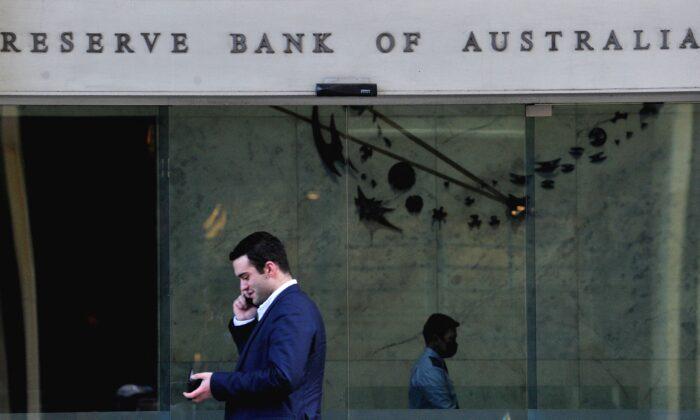Mortgage holders are likely to be hit with another lift in their monthly repayments if Australia’s Reserve Bank delivers its 10th likely interest rate hike in a row this week, as is widely expected.
The nation’s central bank is tipped to deliver another 25 basis point rise after communications following the February decision struck a hawkish tone and suggested the bank was growing impatient with high inflation.
This would take the cash rate from 3.35 per cent to 3.6 per cent when the board meets on Tuesday.
The final resting place for this round of policy tightening remains highly contested, with the market pricing in a peak in the low fours while some economists anticipate another one or two more increases.
Since the February decision, both December quarter wage and growth data have come in softer than expected.
The monthly consumer price index was also weaker than expected, sinking to 7.4 per cent in the 12 months to January from 8.4 per cent in the year to December.
While the monthly indicator is relatively new and considered volatile, Australian Treasurer Jim Chalmers said inflation had likely passed its peak.
A speech from RBA governor Philip Lowe at the AFR Business Summit in Sydney on Wednesday will likely provide some insights into the March decision and how the new data has influenced the board’s thinking.
Following the weaker-than-expected national accounts data, St George economists said Australia’s economic outlook has grown more challenging and the RBA’s narrow path to return inflation to target without causing a recession had “just got narrower.”
“Indeed, without the tailwind from trade and migration the Australian economy would have contracted sharply in the December quarter as consumption slowed and investment went backward,” St. George Chief Economist Besa Deda and her colleagues wrote in an analysis.
They said the pressure on households would unlikely let up any time soon due to further policy tightening.
But they said it wasn’t all doom and gloom, with the December quarter growth report revealing a promising weakening in goods price inflation and scant evidence of a wage-price spiral.
“At present, the most prominent risk to the economic outlook is a higher than anticipated rise in interest rates, which are already proving a substantial drag on the economy.”
The central bank will dominate an otherwise quiet week for economic data.
The week will kick off with the Melbourne Institute’s inflation gauge for the month of February.
On Tuesday, ANZ and Roy Morgan will release their weekly check-in with consumers and the Australian Bureau of Statistics will drop January international trade data and detailed retail trade figures.
Wall Street on Friday rallied to end a volatile week as U.S. Treasury yields eased and economic data helped investors look past the growing likelihood the Federal Reserve will have to keep its restrictive policy in place until late in the year.
All three major U.S. stock indexes surged more than 1.0 per cent.
The Dow Jones rose 387.4 points, or 1.17 per cent, to 33,390.97, the S&P 500 gained 64.29 points, or 1.61 per cent, to 4,045.64 and the Nasdaq added 226.02 points, or 1.97 per cent, to 11,689.01.
Australian futures rose 63.00 points, or 0.87 per cent, to 8,464.
The local share market managed to claw back some losses but still finished in the red for the fourth straight week.
The S&P/ASX200 finished up 28.2 points, or 0.39 per cent, to 7,283.6, leaving the benchmark index down 0.3 points since last Friday’s close and down 3.6 per cent from its Feb. 3 finish.





